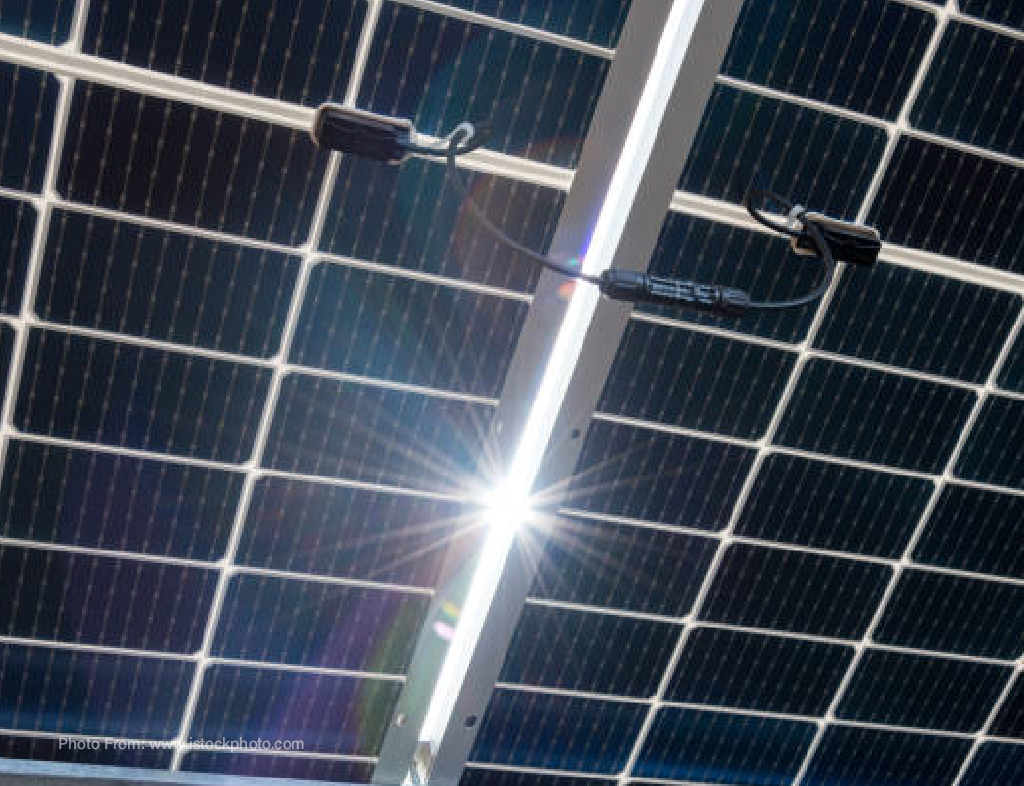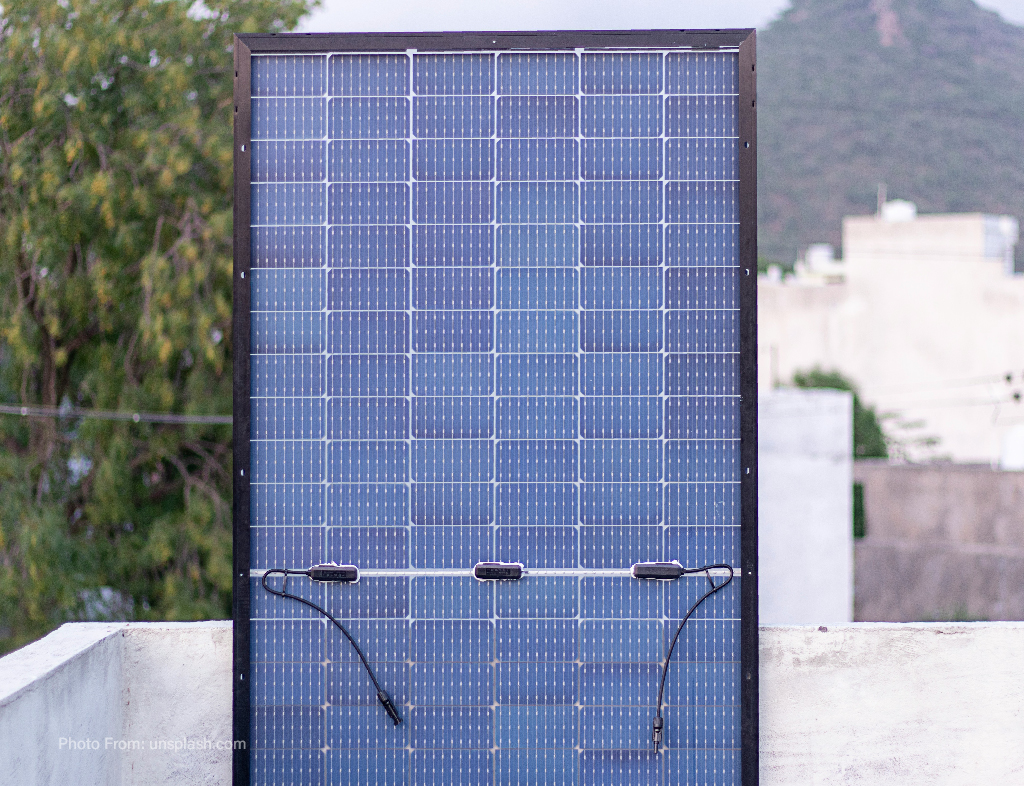WEIGHING THE PROS AND CONS: BIFACIAL SOLAR PANELS
14th Jun 2024
Bifacial solar panels have gained attention in recent years for their unique design and potential to enhance solar energy production. But are they worth considering for your solar installation? Let's explore the pros and cons of bifacial solar panels to help you make an informed decision.

Pros of Bifacial Solar Panels:
1. Increased Energy Production: Bifacial solar panels capture sunlight from both the front and back sides, allowing them to generate more electricity compared to traditional single-faced panels. This can result in higher energy yields, especially in locations with reflective surfaces like snow, sand, or water.
2. Versatility: Bifacial panels are suitable for a variety of installation settings, including ground-mounted arrays and rooftop installations. Their ability to capture sunlight from both sides makes them ideal for applications where space is limited or unconventional.
3. Aesthetics: Bifacial solar panels have a sleek and modern appearance, making them an attractive option for those looking to enhance the visual appeal of their solar installations. Their transparent back sheet allows light to pass through, creating a distinctive look.

Cons of Bifacial Solar Panels:
1. Higher Cost: Bifacial solar panels typically come with a higher upfront cost compared to traditional single-faced panels. While the increased energy production may offset this cost over time, the initial investment can be a barrier for some consumers.
2. Installation Complexity: Installing bifacial solar panels requires careful planning and consideration of factors such as ground cover, tilt angle, and mounting configuration to maximize their performance. This can add complexity to the installation process and may require additional expertise.
3. Shading Issues: All solar panels are sensitive to shading, as any obstruction to sunlight on either side of the panel can reduce overall energy production. Proper site assessment and shading analysis are essential to avoid potential performance issues.
4. Limited Availability: While the popularity of bifacial solar panels is growing, they may still be less widely available compared to traditional single-faced panels. Limited availability can impact pricing and installation options in some regions.
In conclusion, bifacial solar panels offer several advantages, including increased energy production, versatility, and aesthetics. However, they also come with higher upfront costs, installation complexity, shading issues, and limited availability. Whether bifacial panels are the right choice for your solar installation depends on your specific needs, budget, and site conditions. It's essential to weigh the pros and cons carefully and consult with a solar professional to determine the best solution for your project.
Be Wise, Go Solar!
